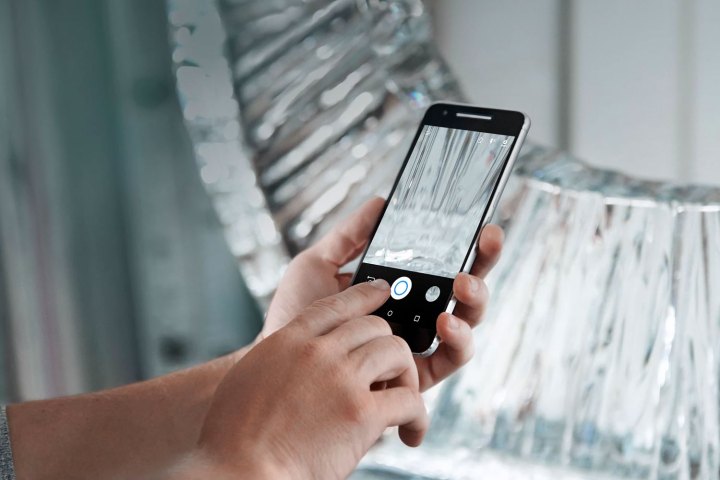
Much like the RAW photo capabilities of more professional cameras, Google brought the ability to capture raw data from the imaging sensor with the help of the DNG file format (an open source image format developed by Adobe). RAW photos use no or less compression than JPEG, which allow for more flexible post-editing but are larger files.
Now, it appears Google is taking the next step with a new feature that would let users capture both JPEGs and DNG files at the same time, in its stock photo capture app, Google Camera.
The new feature, according to Android Police, says a few lines of code in the Google Camera 3.2 APK (application package) hint at the ability to capture a RAW DNG file alongside a fully-processed JPEG image.
A feature oftentimes seen in DSLRs with multiple memory card ports, this new support would effectively allow you to have a JPEG version of the image which you can share and edit on the spot, while also having a more archival-friendly DNG version for backing up or further editing in a more robust post-processing application such as Adobe Camera Raw or Adobe Lightroom.
Unfortunately, it appears as though the new JPEG+DNG will be a Nexus exclusive. The code snippet, as pointed out by Android Police, explicitly mentions Android’s HDR+ mode alongside the new feature. HDR+ was first seen in the Nexus 5 and has only been available in more recent Nexus devices. This implies the new feature will likely fall under the same limitations.
That said, the device limitation shouldn’t prove to be a huge disadvantage. There are plenty of Android phone manufacturers and third-party applications that offer apps with integrated RAW and RAW+JPEG shooting modes. This would simply be the first time Google has offered it as a feature in its own camera application.
Something unknown right now is how these files, once captured, will be stored. Few apps support the DNG image format right now (Adobe’s Lightroom Mobile being one), so it would make the most sense for Google to allow users the option to store the JPEG in their gallery while saving the DNG to a separate folder for easier removal and organization.
Regardless of how or when it’s implemented, this new feature will help bring Google Camera on par with third-party apps that already offer RAW+JPEG capture modes. Better late than never.
Editors' Recommendations
- Google Messages vs. Samsung Messages: Which app should you use?
- Google is launching a powerful new AI app for your Android phone
- Google’s Android monopoly finds its biggest challenge, and Apple might be next
- Google Drive, Docs, and other apps are getting way better on Android tablets
- Google Play Store helps find the apps invading your privacy


